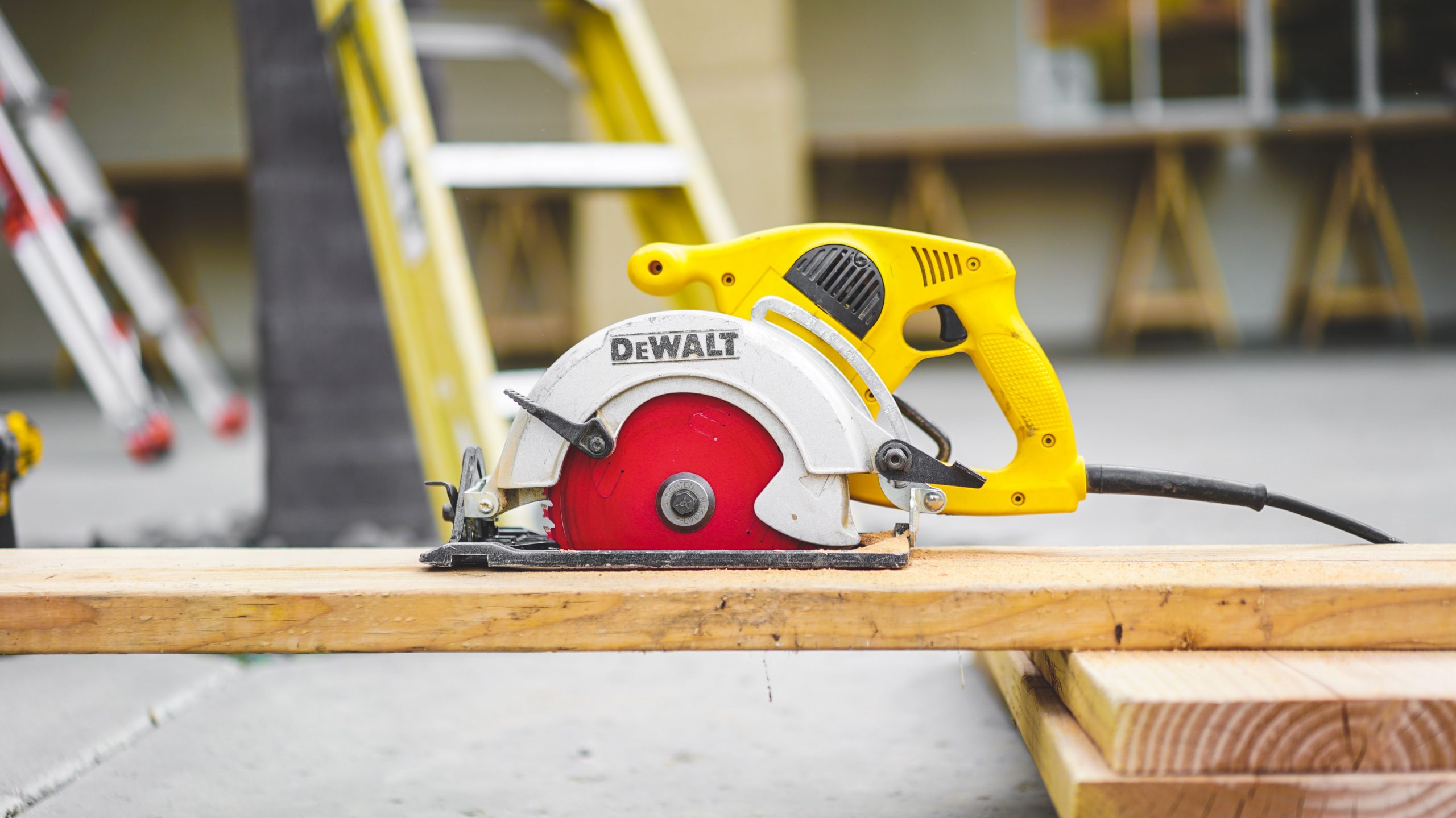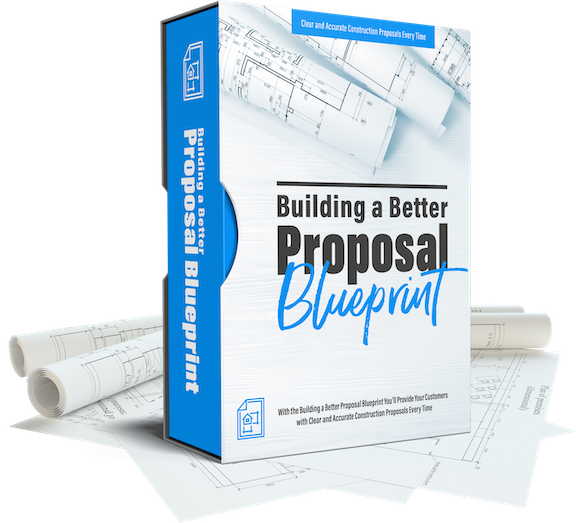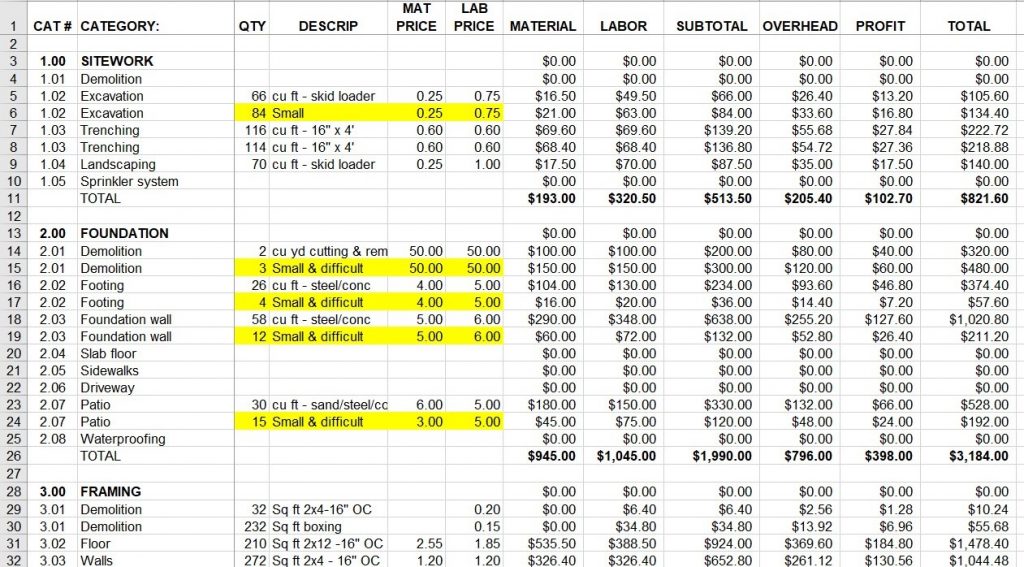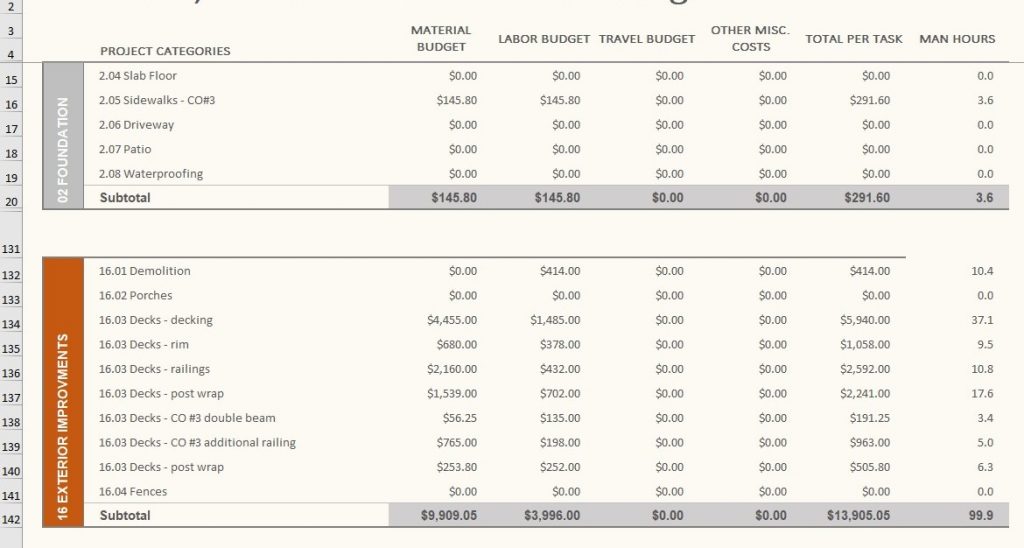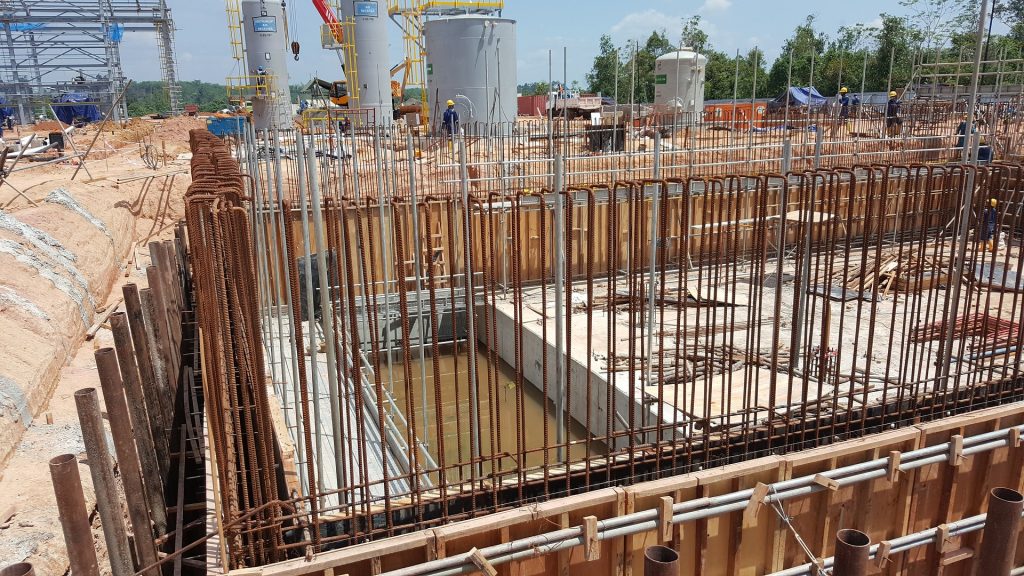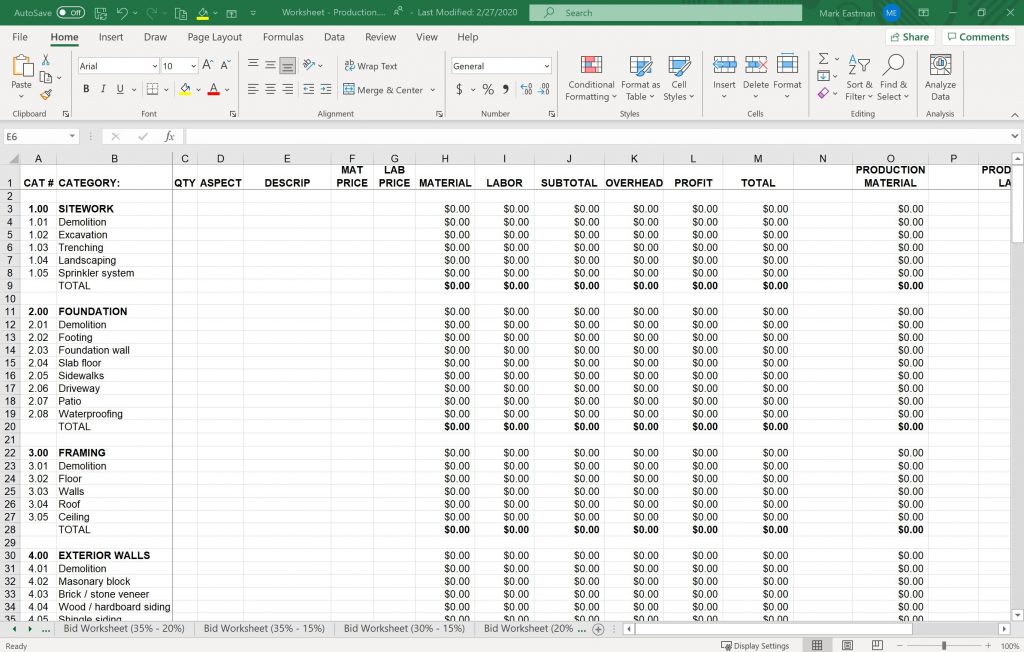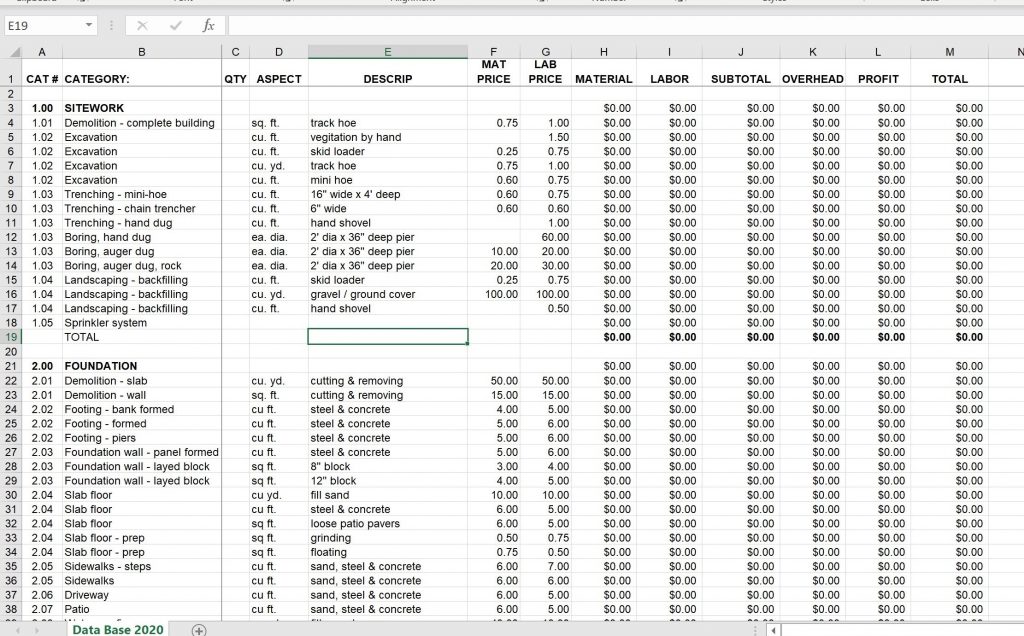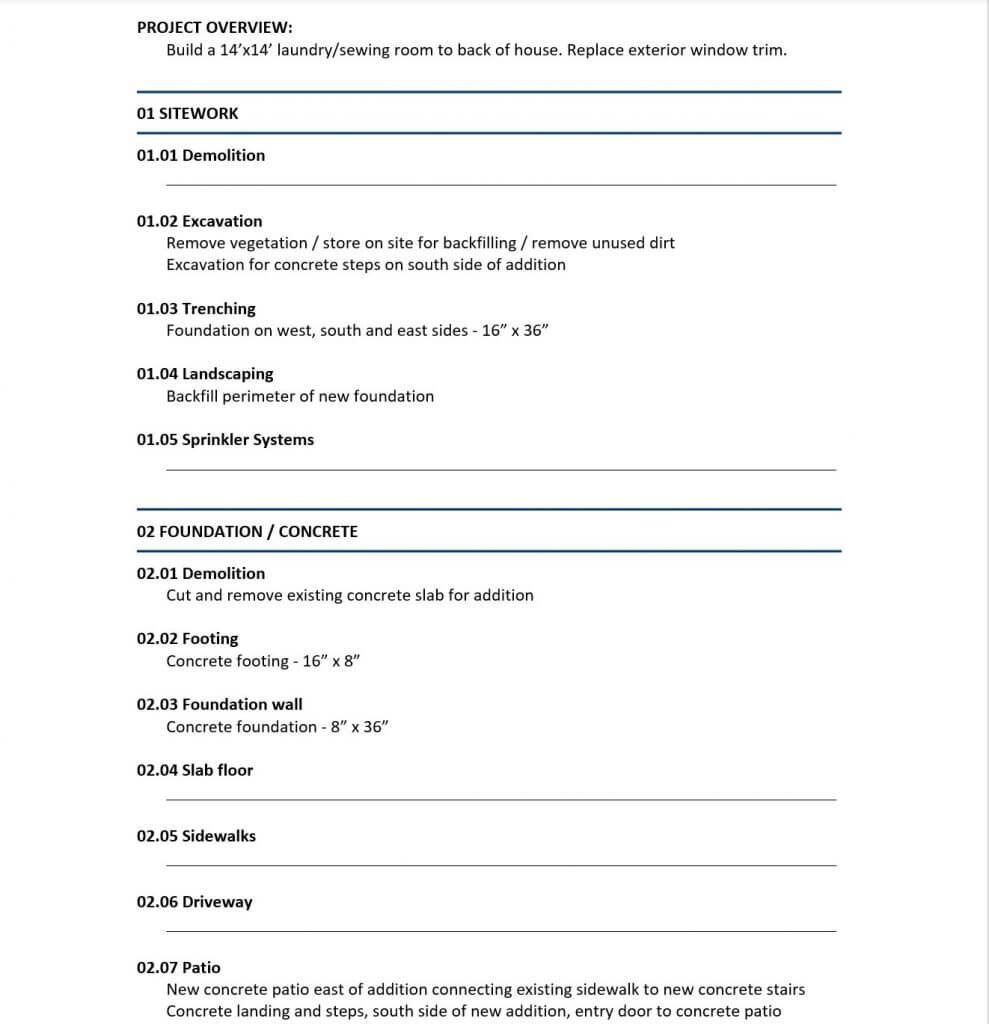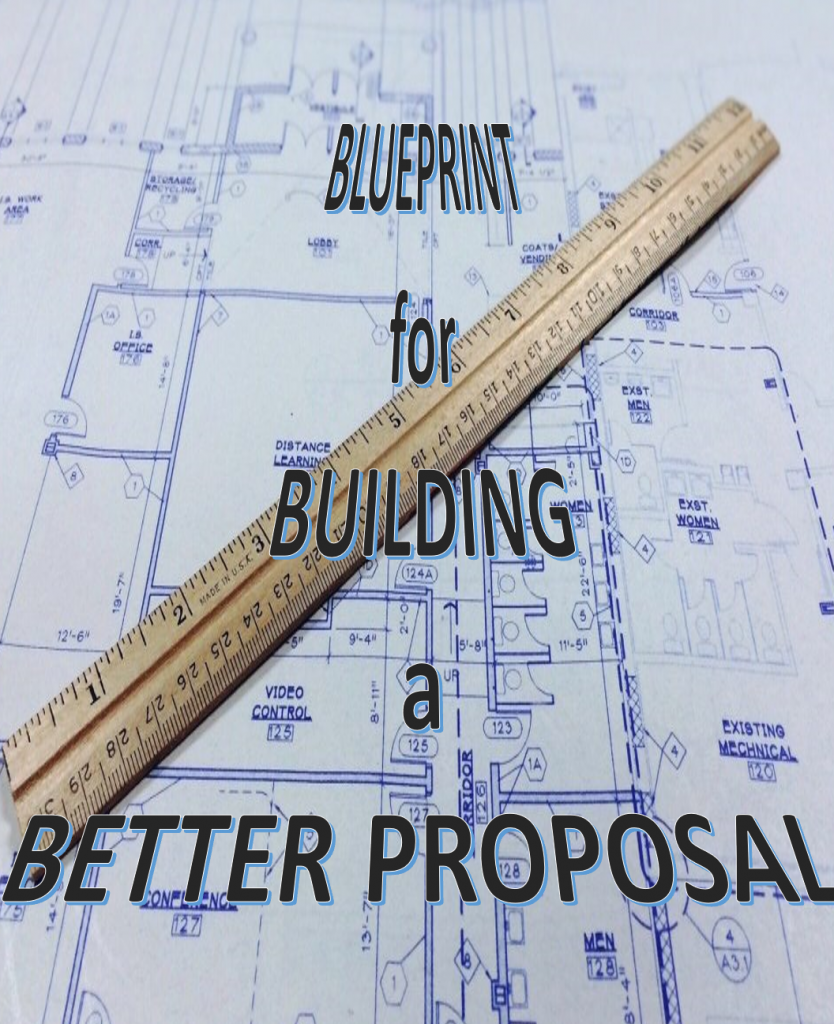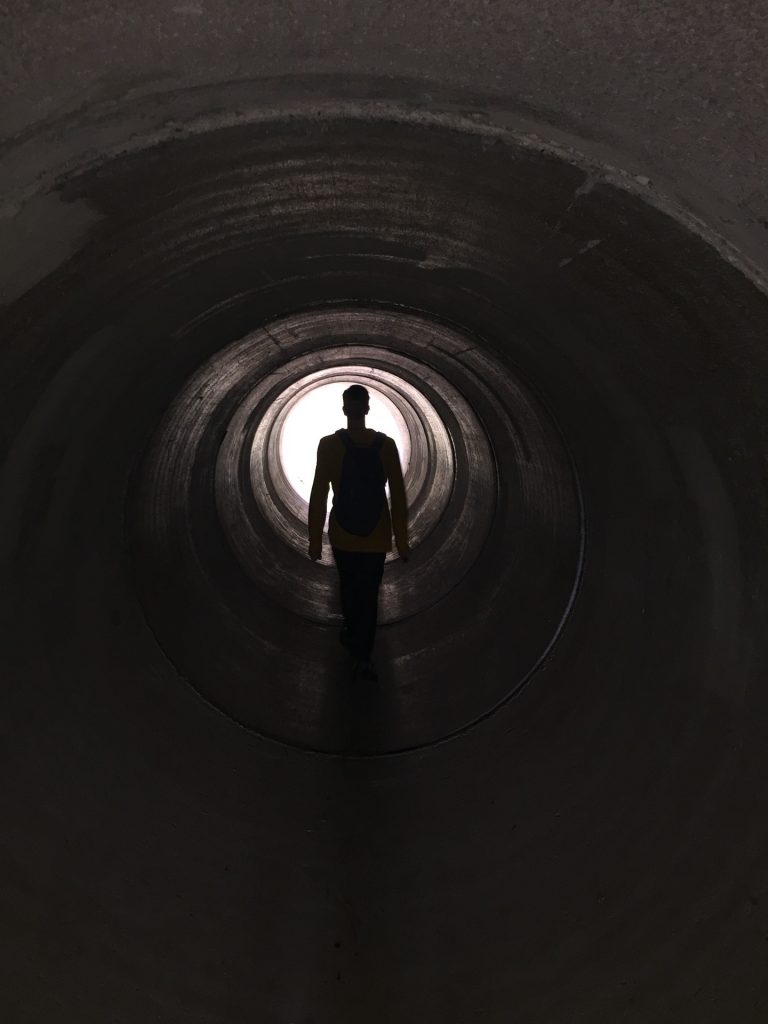This Tool Can Make You More Money with Less Chance of Cutting a Finger Off
The past couple of weeks I’ve written about how much we love our power tools and how tools make building easier.

The sense of control that comes from pulling the trigger on a power tool is amazing. We feel like we are in control of our destiny. There’s no task too big. We can conquer the world.
There’s no doubt that power tools make construction projects go faster and easier than using hand tools. (And there are a lot of cool new tools that we’d like in our toolbox.)
Of all the tools out there, which is the most powerful?
This is a question that could be debated forever.
I would argue that the most powerful tool isn’t a tool in the normal sense of the word.
If the purpose of power tools is to increase control and be more productive, then having a power tool that would 10x these things would be worth 10 times what you paid for the most expensive tool you have.
Increasing your profit margin just 10% on a $5000 project and the tool has paid for itself.

What kind of tool could have this kind of return on investment?
The tool that I’m talking about is affordable and won’t wear out like other tools.
Most construction companies are great at “constructing” but are overwhelmed by the business side of things. This is not where their heart is.
You don’t need a master’s degree in business to be successful if you have the right tools.
A tool for doing clear and accurate construction proposals is this kind of tool.
Without a tool for doing proposals, a lot of contractors make mistakes that cost them a fortune. Unexpected costs, changes to projects after they’re started and poor communication are a lot more expensive than the cost of the tool.
Those mistakes include:
- Lack of clarity with both the customer and the production crews
- No budgets for customers and production crews
- Losing money
- Not doing accurate proposals due to a lack of time
- Guessing at pricing of projects
Learn more about those mistakes and how to avoid them with this free download.
Wouldn’t it be nice to have a tool that would –
- Increase you profit
- Communicate clearly with both the customer and the production crews
- Allow you to consistently and accurately price construction projects
- Allow you to customize it to fit your company’s specific needs
- Give you the freedom to delegate the paperwork so that you could focus on construction
The Blueprint for Building a Better Proposal will do all of this and more. I use this proposal system on every construction project I bid.
Just like power tools make construction projects easier…there’s a “power tool” that will make doing construction proposals easier, allowing you to reduce stress, be more profitable and build a successful business.
You’re not in business to lose money, so get this tool.
We’re currently running a special Holiday offer for our Blueprint for Building a Better Proposal system. The reduced Holiday price is $497, including some additional bonus templates.
In addition to this special offer, we’re having a drawing for building contractors.
One lucky winner will receive a DeWalt cordless tool combo kit valued at more than $700.
Your opportunity to win starts now and ends at midnight 12/3/21.

